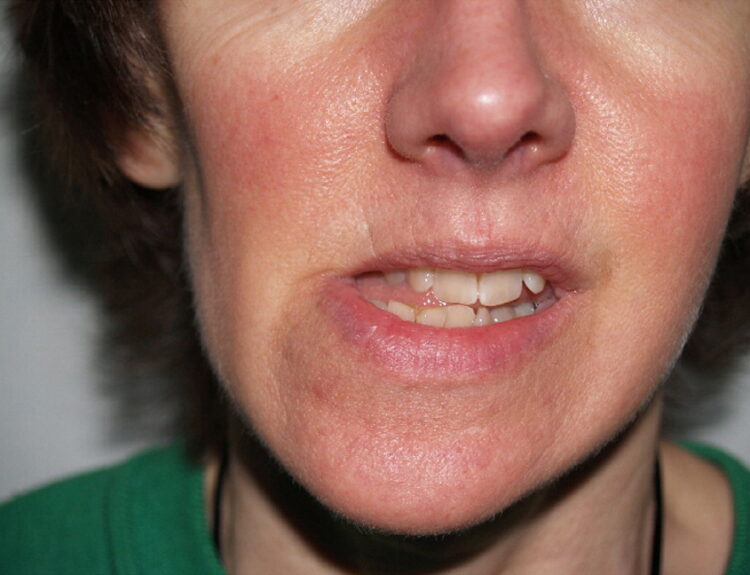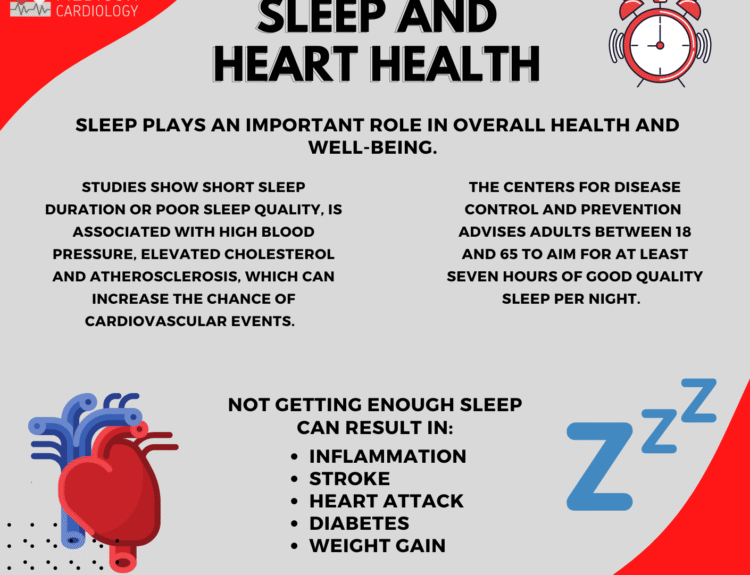What is HMPV?
Human Metapneumovirus (HMPV) is a common respiratory virus that and was first identified in 2001 by Dutch scientists. It is a globally distributed virus, causing respiratory tract infections in individuals of all ages. Its most severe cases occur in young children, the elderly, and immunocompromised individuals. It is recognized as a significant cause of pediatric hospitalizations due to bronchiolitis and pneumonia. We can prevent it through practicing strict hand hygiene measures, avoiding close contact with infected individual and following respiratory etiquette (e.g., covering mouth and nose when coughing or sneezing).
Currently, there is no approved vaccine for HMPV, but several candidates are under development, focusing on the F protein. This protein is a key part of the HMPV that significantly helps it invade our body cells. It works like a key to unlock the cell, allowing the virus to slip inside and start multiplying.
The Chinese Outbreak of Human Metapneumovirus
The Chinese Center for Disease Control and Prevention reported a significant increase in HMPV infections in December 2024. While the exact cause of the surge remains under investigation, several factors may have contributed, including:
- Weakened immunity: Following the COVID-19 pandemic, reduced exposure to other respiratory viruses may have left some individuals with weakened immunity, making them more susceptible to HMPV infection.
- Seasonal factors: HMPV infections often peak during the colder months, which could have contributed to the increased cases in China.
- Increased testing: Increased testing for respiratory viruses, including HMPV, may have led to a higher detection rate.
Symptoms
HMPV infections range from mild to severe and can present as:
- Mild Illness:
- Cough
- Runny nose
- Low-grade fever
- Sore throat
- Severe Illness (especially in high-risk populations):
- Bronchiolitis
- Pneumonia
- Wheezing
- Respiratory distress
- Hypoxemia
- Complications:
- Acute otitis media (in children)
- Secondary bacterial infections
- Exacerbation of chronic respiratory conditions (e.g., asthma, COPD)
Treatment
Currently, there is no specific antiviral therapy for HMPV. Management, however, is supportive and focuses on alleviating symptoms:
- Mild Cases:
- Hydration
- Antipyretics (e.g., acetaminophen or ibuprofen)
- Rest
- Severe Cases:
- Oxygen therapy
- Mechanical ventilation (in cases of respiratory failure)
- Intensive care support, if necessary
Prognosis
- Most individuals recover fully within 1–2 weeks.
- Severe cases, particularly in high-risk populations, may require hospitalization and carry a risk of mortality.








